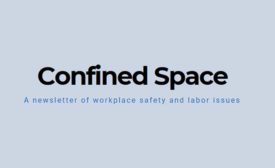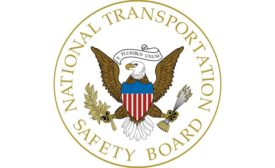Featured on Home Page
A Confined Space blog post
Are Kentucky — and other OSHA state Plans — failing their workers?
November 16, 2018
A FairWarning Story
Federal regulators deflated the numbers on tire-related crash deaths, then took victory lap
November 14, 2018
Human error & operational risk
Are you looking in the wrong place to manage non-compliant behaviors?
November 14, 2018
Become a Leader in Safety Culture
Build your knowledge with ISHN, covering key safety, health and industrial hygiene news, products, and trends.
JOIN TODAYCopyright ©2025. All Rights Reserved BNP Media.
Design, CMS, Hosting & Web Development :: ePublishing











